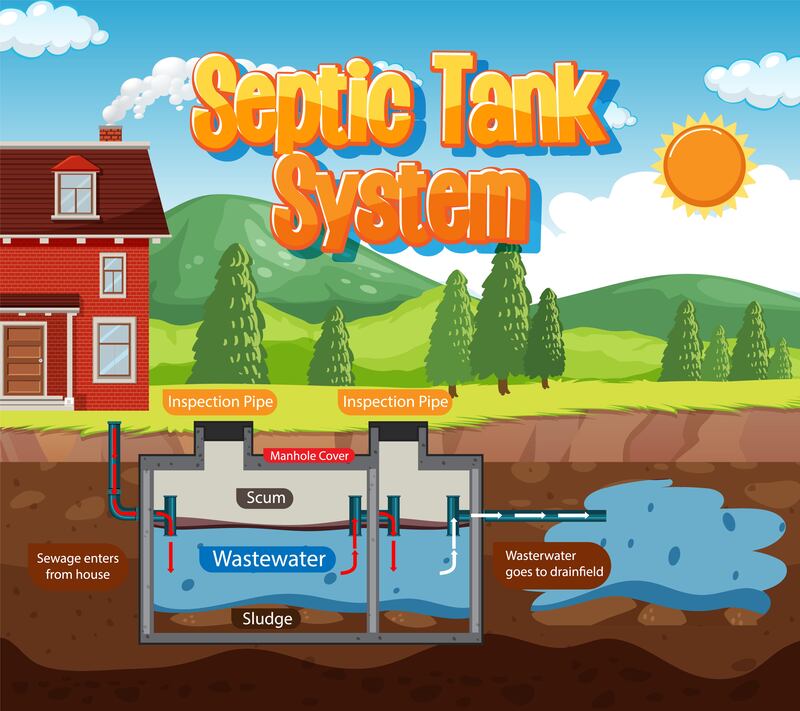
26
For properties that aren't connected to municipal sewage systems, septic tanks serve as indispensable wastewater treatment facilities. Understanding the key components of a septic tank is crucial for proper maintenance and ensuring the longevity of the system. In this article, we'll delve into the essential components of a septic tank, highlighting the significance of regular septic tank cleaning, repair, and installation provided by professional septic companies.
The first component in the septic tank system is the inlet pipe. Wastewater from the property flows through this pipe and enters the septic tank. Solid waste and heavy particles settle at the bottom of the tank, initiating the separation process that is integral to the tank's function.
The septic tank itself is a watertight container, typically made of concrete, fiberglass, or plastic, buried underground. It plays a crucial role in separating solids, liquids, and scum within the wastewater. As the incoming wastewater sits in the septic tank, the heavier solids sink to the bottom, forming a layer of sludge. The lighter scum, consisting of oils and grease, floats to the top. The clarified liquid, known as effluent, exits the tank and moves into the next stage of treatment.
The outlet pipe facilitates the flow of treated effluent from the septic tank to the drain field. This pipe is strategically positioned to ensure that only the clarified liquid passes through, preventing the discharge of sludge or scum into the drain field.
The sludge layer is the accumulation of heavy solids that settle at the bottom of the septic tank. Over time, this layer requires removal through septic tank pumping to prevent the buildup of sludge, which could lead to system failure and environmental contamination.
Floating at the top of the wastewater is the scum layer, consisting of oils, grease, and other lightweight materials. The scum layer is another component that necessitates regular attention through septic tank pumping and cleaning to maintain the overall efficiency of the septic system.
Once the effluent exits the septic tank, it flows into the drain field, also known as a leach field. This is the final stage of wastewater treatment, where the liquid is further purified as it percolates through the soil. Drain fields consist of perforated pipes buried in trenches filled with gravel, allowing for the natural filtration and absorption of the treated effluent.
Regular maintenance, including septic tank pumping and cleaning, is essential to prevent issues such as sludge buildup and scum accumulation. Over time, septic tanks may require repairs due to factors like cracks, leaks, or structural degradation. Professional septic companies play a crucial role in conducting routine maintenance, diagnosing problems, and performing necessary septic tank repairs.
When a property undergoes construction or transitions to a septic system, proper septic tank installation is vital. The installation process involves careful consideration of the property's size, soil composition, and the number of occupants. Experts at Charlotte Septic Pros assess these factors to ensure the optimal performance of the septic system.
Understanding the components of a septic tank is paramount for property owners seeking to maintain a healthy and efficient wastewater treatment system. Regular septic tank pumping, cleaning, and, when necessary, repair, are vital for the longevity and functionality of the septic system. By partnering with Charlotte Septic Pros, property owners can ensure that each component works harmoniously, from the inlet pipe to the drain field, providing effective and environmentally responsible wastewater treatment for years to come.
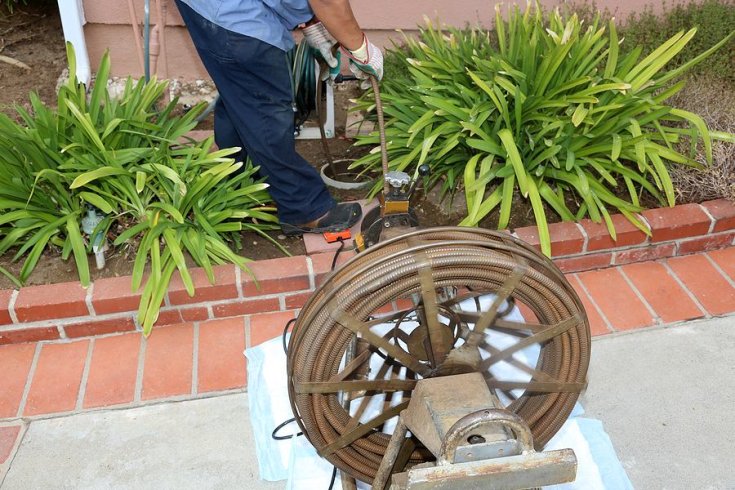
09
Signs and Solutions for a Failing Drain Field Your septic system plays a critical role in managing household wastewater, and…
Read more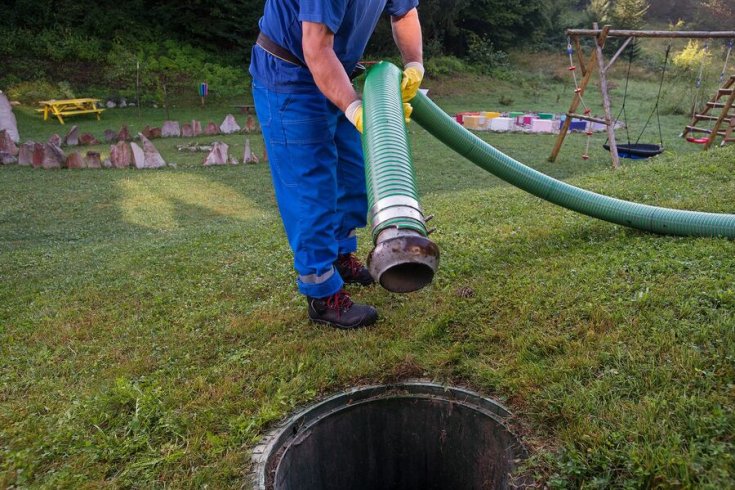
03
A Newbie’s Guide to Septic Pumping If you’re new to homeownership and have a septic system, you might be wondering…
Read more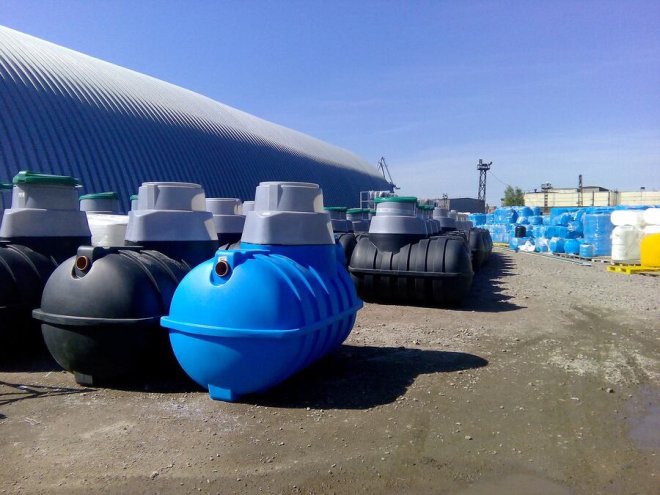
28
How to Prepare for Septic System Installation Installing a septic system is a major investment for any property that lacks…
Read more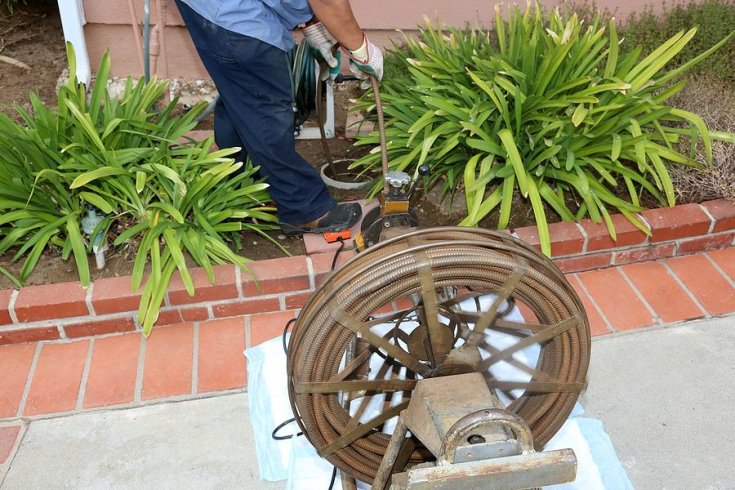
20
How Main Drain Cleaning Can Prevent Sewer Backups Sewer backups are one of the most unpleasant plumbing emergencies homeowners can…
Read more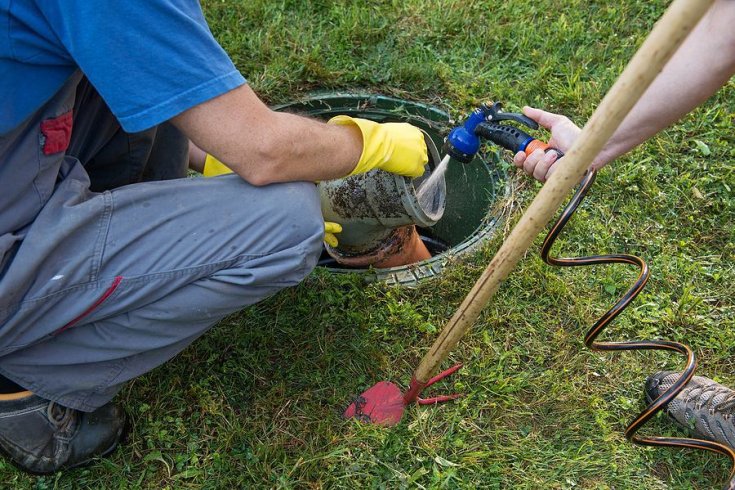
13
What to Do When You Have Drainage Problems Drainage problems can be frustrating and cause serious damage if left untreated.…
Read more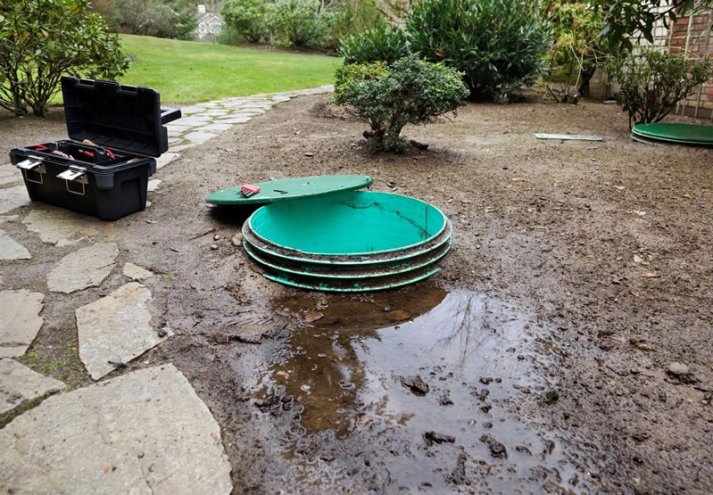
04
Signs and Causes of Septic Leaks A leaking septic system can pose serious health and environmental risks. If left untreated,…
Read more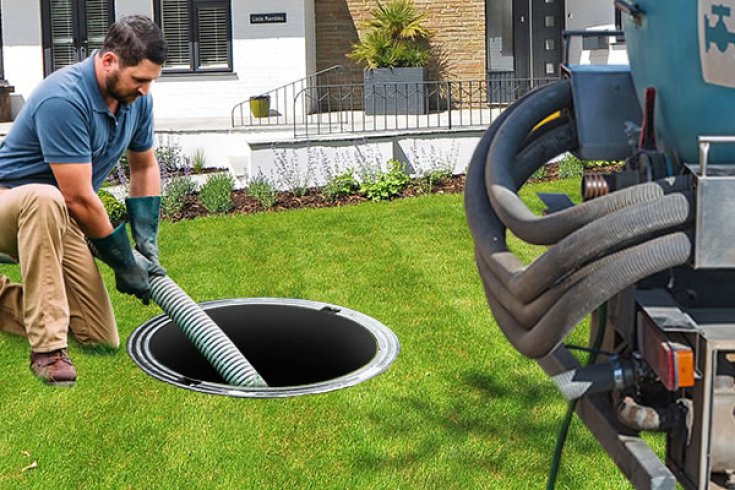
02
Unusual Septic Tank Blockages: Keeping Your Septic System Healthy A properly functioning septic system is crucial for any home or…
Read more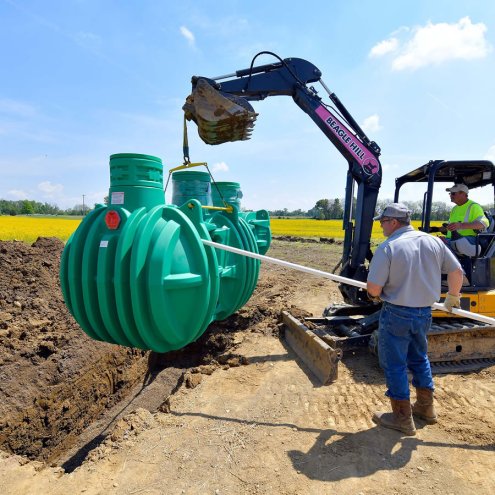
23
Seasonal Weather and Septic Systems Tank Your septic system plays a vital role in managing household wastewater, but seasonal weather…
Read more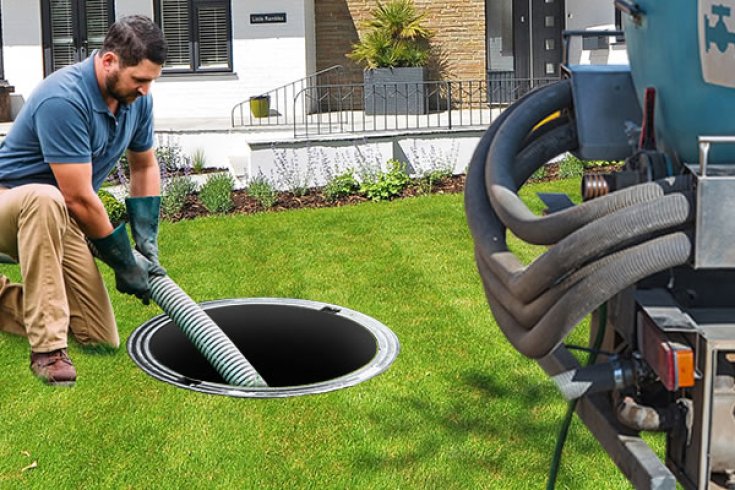
15
Why Toilet Paper Matters to Your Septic Tank Many homeowners don’t give much thought to their toilet paper—until it starts…
Read more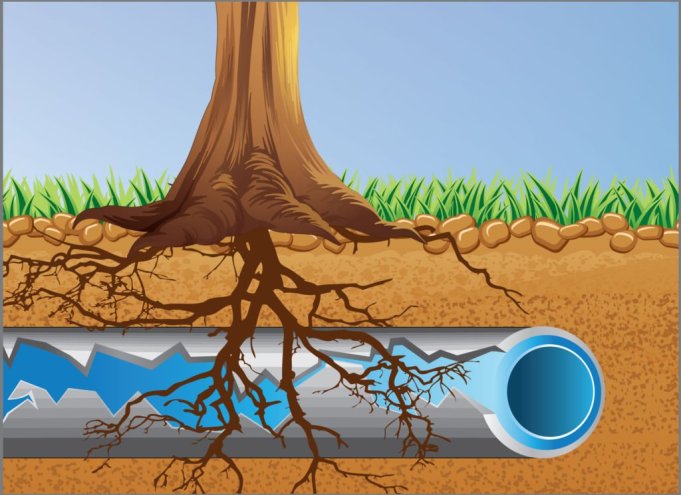
21
Tree Root Infiltration of Septic Systems We love the trees in our yards and in our environment. Just by looking…
Read more